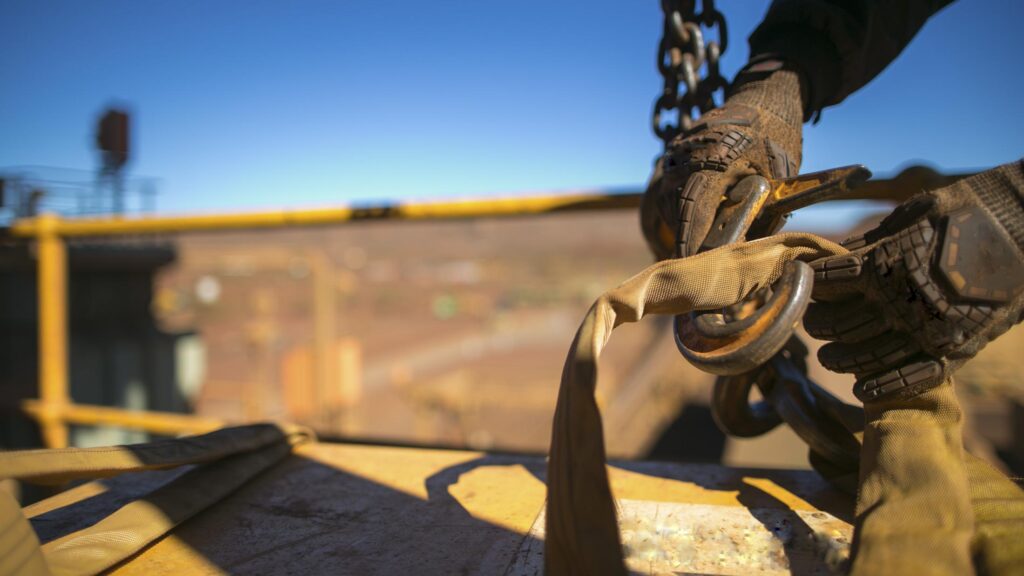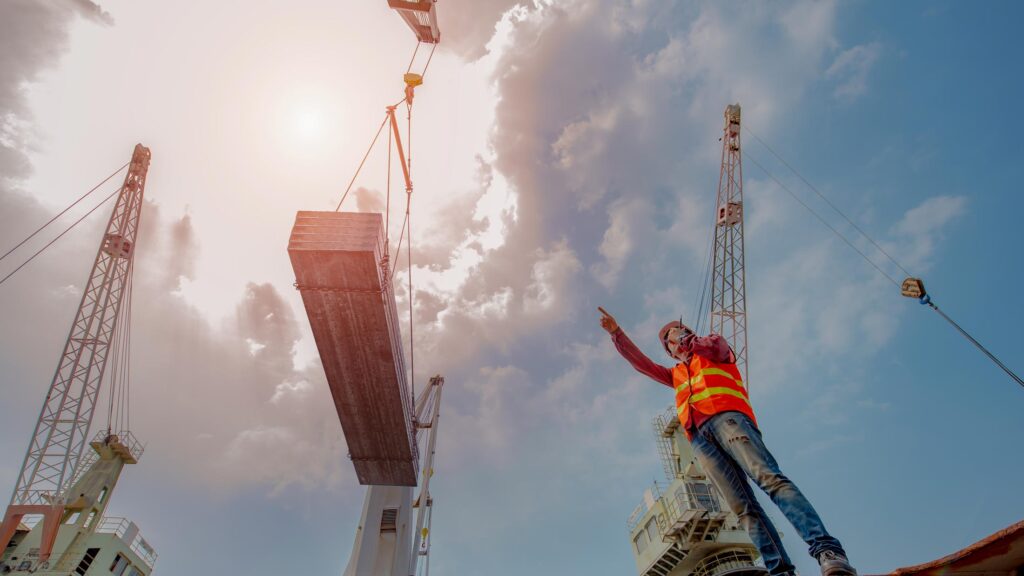How to Properly Inspect Lifting Equipment for Safety and Longevity
The foundation of any safe lifting operation lies in the equipment used. Regular inspections are essential to ensure that lifting equipment, such as slings, chains, hoists, and hooks, remains in safe working condition. Neglecting these inspections can lead to equipment failure, accidents, and costly downtime. In this ELEVATIP, we’ll cover how to perform thorough inspections, what to look for, and how to maintain your equipment to extend its lifespan and ensure safety.
Why Regular Inspections Are Critical
Lifting equipment is exposed to immense strain during use, and over time, even the highest-quality gear will experience wear and tear. Regular inspections help identify damage before it leads to failure. By inspecting your equipment before every use, you can spot potential issues early, ensuring the safety of your team and preventing accidents.
Moreover, regular inspections contribute to extending the lifespan of your equipment. By catching and addressing minor issues early, you reduce the risk of severe damage that could lead to costly replacements or repairs.
How Often Should You Inspect Lifting Equipment?
The frequency of inspections depends on how often the equipment is used, the type of loads it handles, and the environment in which it operates. As a rule of thumb:
Key Areas to Focus on During Inspections
Best Practices for Maintaining Lifting Equipment
Regular maintenance goes hand-in-hand with inspections. Properly maintained equipment will last longer and perform more reliably. Here are some tips to ensure your equipment stays in top condition:
Documentation and Record Keeping
Keeping detailed records of all inspections and maintenance is essential for ensuring compliance with safety regulations. Document each inspection, noting the date, the condition of the equipment, and any repairs or replacements made. This record-keeping not only helps ensure the safety of your team but also protects your company in case of an audit or incident investigation.
Conclusion
Regularly inspecting and maintaining your lifting equipment is crucial to ensuring safety, improving performance, and extending the lifespan of your gear. By conducting daily checks, performing more in-depth inspections regularly, and keeping your equipment well-maintained, you minimise the risk of accidents and downtime. Stay vigilant, and keep your workplace safe and efficient!

